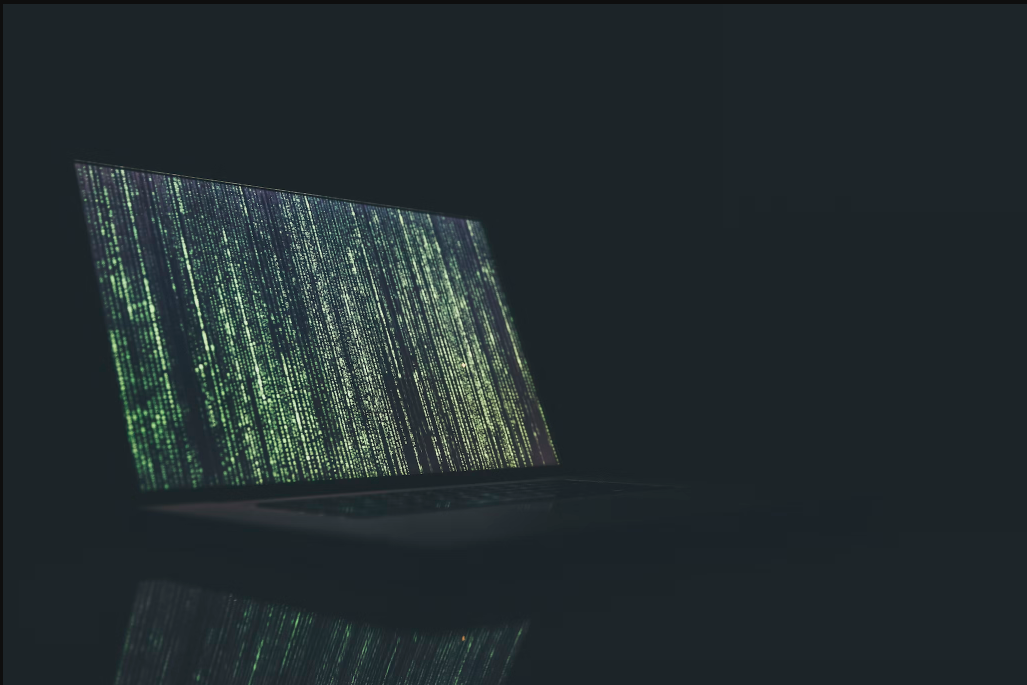Businesses need robust cybersecurity measures to protect themselves from hackers and other cybercriminals. Part of these cybersecurity measures are threat detection systems that alert security personnel of suspicious activities in their system.
Threat detection systems are effective at identifying and stopping cyberattacks in real time but partly rely on predefined rules and a database of known malware. Cyber attackers can exploit this by developing new malware that threat detection systems cannot spot because they do not recognize it.
This poses a real danger because hackers frequently develop new techniques and malware to bypass detection systems and other security measures businesses use to protect themselves. Some use social engineering to trick employees into giving them their company login credentials so they can extract sensitive information undetected. These potential exploits highlight the need for business owners to add AI-powered behavioural analysis to their existing security measures.
What is AI-Powered Behavioural Analysis?
AI-powered behavioural analysis is the usage of artificial intelligence to identify and foresee signs of adversaries in a computer network. It adds another layer of security to computer networks by flagging suspicious activities that other security tools might have overlooked. Some of these activities include:
- Logging in at an unusual time
- Sending a larger-than-normal volume of data
- Performing a series of actions in an unusual sequence
- Injecting code into already installed applications.
- A link in a file loading scripts that send sensitive data to a non-employee
These suspicious activities highlight the constant risk to patient data. At the same time, they highlight the significance of healthcare network security for organisations.
Traditional cybersecurity systems use indicators of compromise (IOC) to alert security personnel and computer users of suspicious activities in a computer network. Security tools that use IOCs are effective but reactive, so cybercriminals would have launched their attack before they spot it. Meanwhile, AI-powered behavioural analysis uses indicators of attack (IOA) to spot signs of an adversary before it manifests in the system. Companies use IOAs to develop security tools that detect malicious activity, even if they are zero-day threats.
IOAs focus on the events that lead to a cyber attack instead of focusing on the cyberattack itself as IOC does, thus making it proactive. Behavioural analysis helps prevent attacks and minimises potential damage to targeted businesses. Adding artificial intelligence to the mix makes it more effective.
For example, if a hacker tricks an employee into giving up their login information and uses it to access their company account and extract sensitive data, that is a phishing attack and data breach. The changes to the memory disk and backdoor connection to the company servers will be the indicators of compromise (IOC) that will signal that a cyber attack has occurred.
On the other hand, an indicator of attack can be multiple users logging into one company account from different locations. This behaviour demonstrates that a hacker has stolen an employee’s login credentials. Therefore, a security tool built on AI-powered behavioural analysis can detect this irregularity and block access to that company account, preventing a data breach.
Endnote
AI-powered behavioural analysis is a welcome addition to business cybersecurity because it helps companies spot signs of cyber attacks before they occur. It also protects companies from threats that traditional threat detection systems might have overlooked because they have not previously encountered them. It strengthens existing cybersecurity measures and should be a top priority for all business owners.

